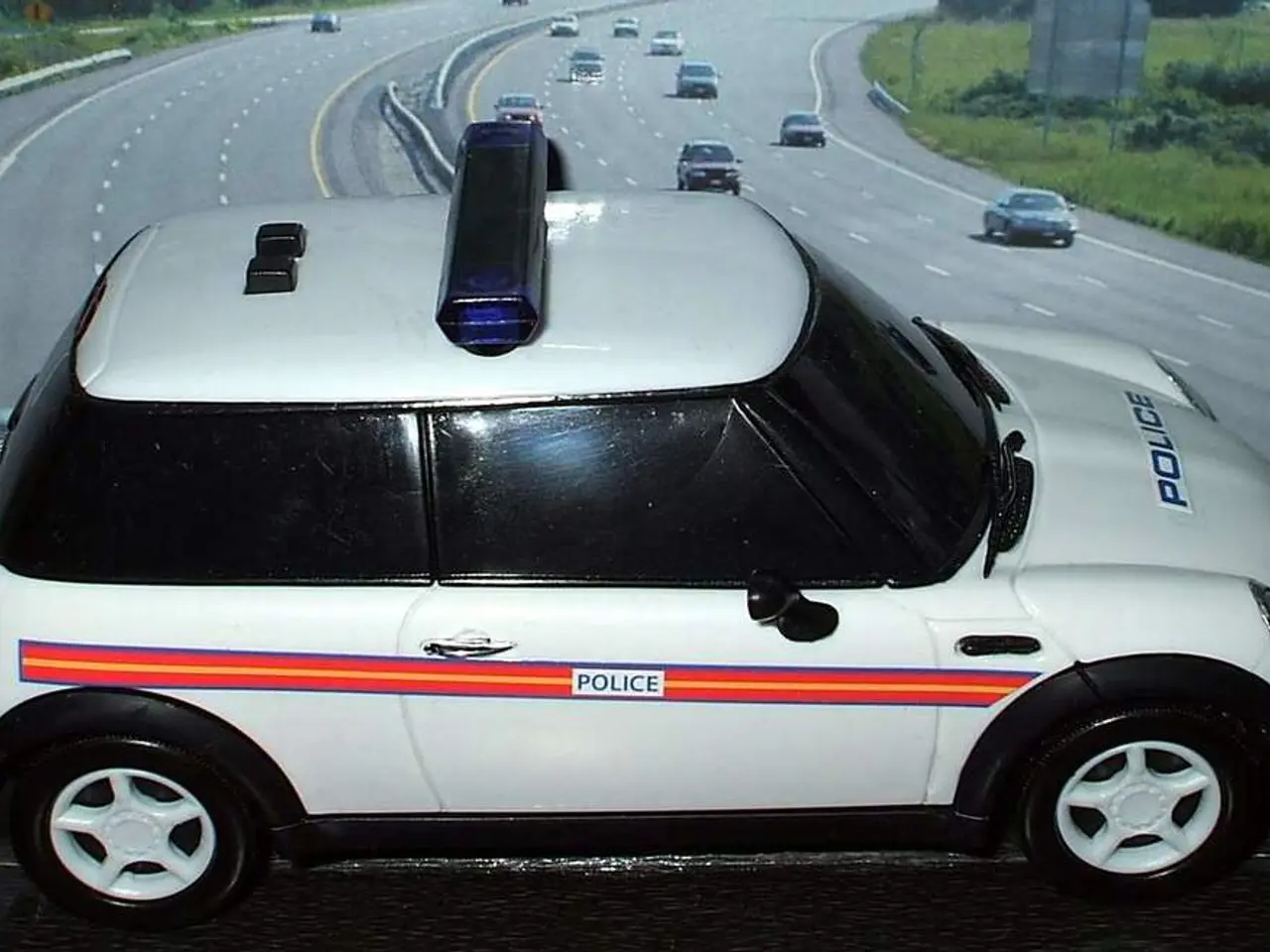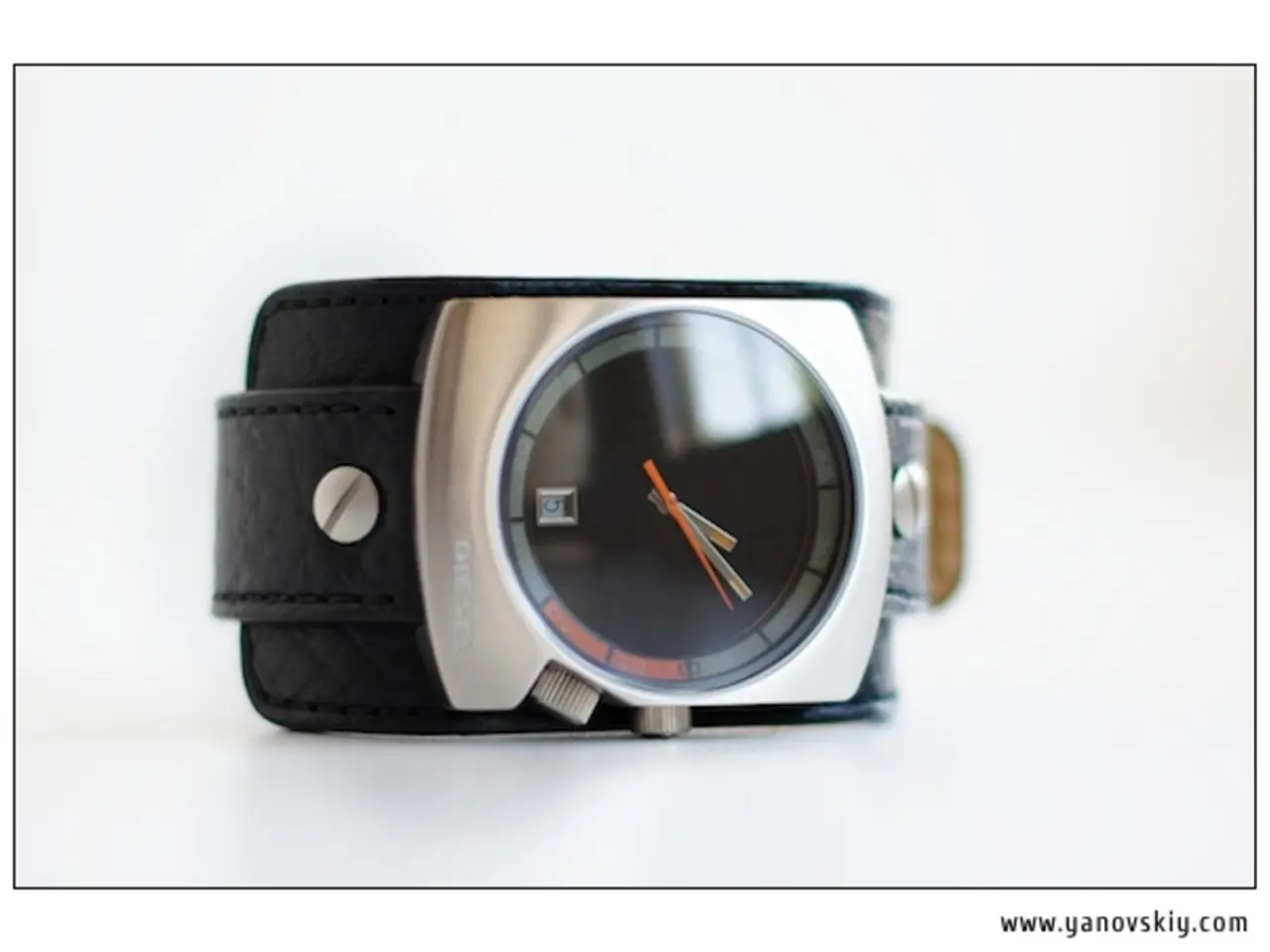Pet owner's essential guide: Practical methods to avoid dehydration in pets, as revealed by a veterinarian
In the sweltering heat of summer, and even during cooler seasons, pet owners must prioritise their pets' hydration to ensure their health and well-being. Dr. Aimee Warner, a resident veterinarian at Waggel, provides valuable advice on preventing dehydration in pets.
Encouraging Hydration
To keep your pets well-hydrated, it's essential to regularly refresh their water bowls and consider using pet water fountains to make water more appealing. You can even add flavours like tuna juice or freeze broth into ice cubes to entice them to drink more.
Signs of Dehydration
Subtle indicators such as dry mouth, sunken eyes, rapid breathing, or decreased activity level signal potential dehydration. It's crucial to act promptly when these signs are observed.
Hydration through Food
Incorporating wet or canned food into your pets' diet can help increase moisture consumption, especially if they are reluctant to drink sufficient water. Soaking dry kibble is also an effective method.
Adjusting Routines for Heat
During hot periods, reduce intense exercise, provide shade and cool resting spots, and never leave pets in parked cars or confined spaces where heat builds rapidly.
Hydration All Year Round
Pets need consistent access to fresh water irrespective of season to avoid chronic dehydration and maintain health.
When Dehydration is Severe
If pets refuse water, exhibit severe symptoms, or dehydration persists despite preventive measures, veterinary consultation is crucial. Treatment may include fluid therapy and medical evaluation.
Additional Tips
- Placing multiple water bowls around the home and yard can encourage pets to drink regularly.
- Offering pet-safe frozen items like ice cubes, pet-friendly fruits, and frozen broth cubes can help increase pet hydration.
- Cats often prefer running water, so fountains can be a good option for them.
Avoiding Risks
Asphalt and pavements can burn a pet's paws, so care should be taken during warm weather. Leaving pets in cars or enclosed spaces can be fatal, even with a slightly open window. It's best to walk dogs when it's cooler to prevent heatstroke and dehydration.
Indoor Dehydration
Dehydration can occur indoors during winter or after vigorous play, emphasising the importance of daily hydration. Signs of dehydration in cats can include lack of grooming and changes in energy and appetite.
By maintaining awareness and adopting these prevention methods, we can safeguard pets from dehydration's risks, enhancing their comfort and well-being continuously. Dr. Warner emphasises that prevention of dehydration is lifesaving.
- Regularly refreshing water bowls and using pet water fountains can make water more appealing to your pet, promoting better hydration.
- Wet or canned food can increase moisture consumption in pets, especially if they are reluctant to drink sufficient water.
- During hot periods, reduce intense exercise for pets, provide shade and cool resting spots, and never leave pets in parked cars or confined spaces.
- Offering pet-safe frozen items like ice cubes, pet-friendly fruits, and frozen broth cubes can help increase pet hydration, even indoors.
- Cats often prefer running water, so fountains can be an effective method to encourage them to drink regularly.
- If pets refuse water, exhibit severe symptoms, or dehydration persists despite preventive measures, prompt veterinary consultation is crucial.




